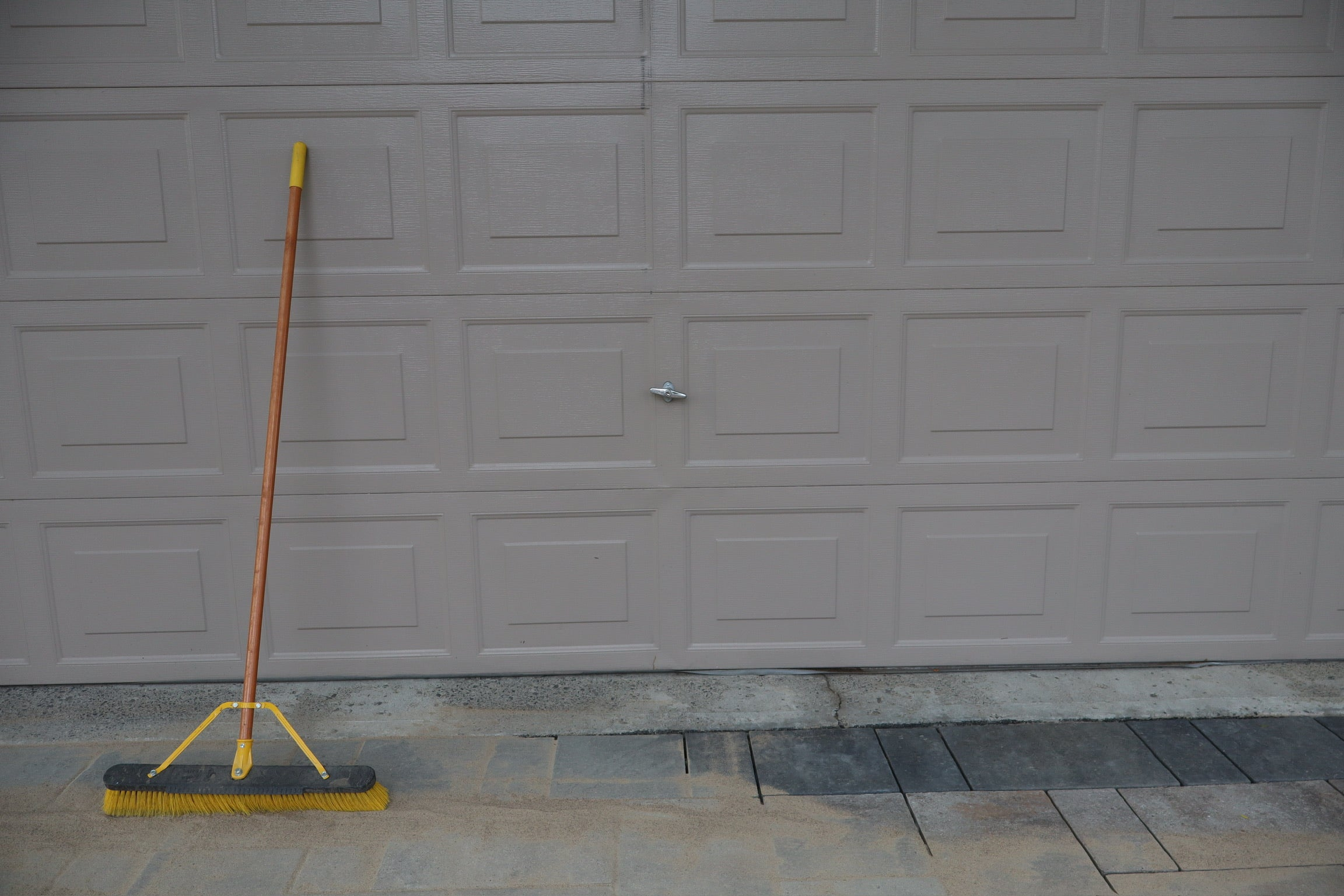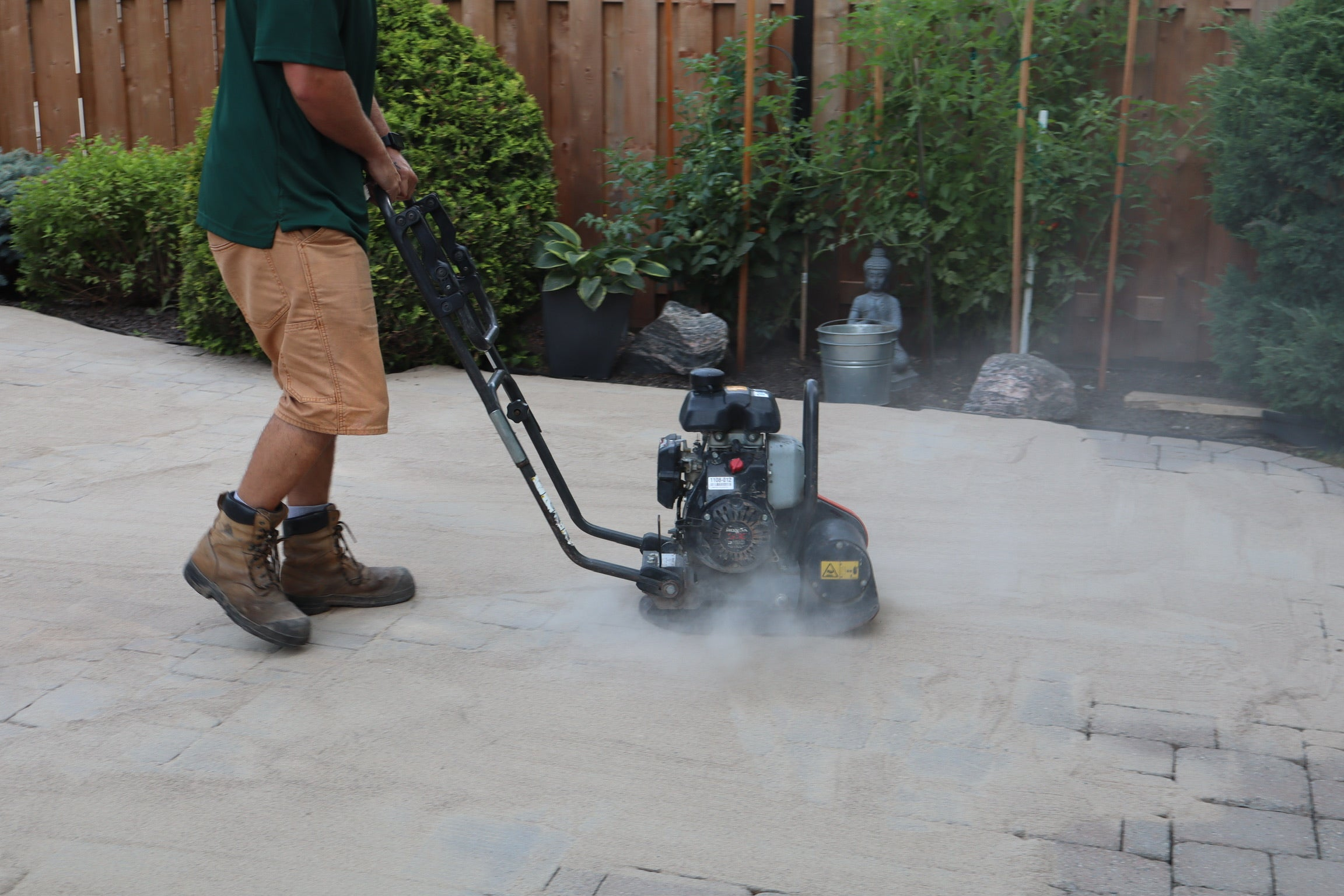
Polymeric Sand Replacement
Polymeric sand is essential for maintaining the stability, appearance, and to protect your interlock foundation. Over time, the sand between pavers can deteriorate due to weather, erosion, and other factors, leading to gaps, shifting pavers, and weed growth.
What We Do
We start by assessing the condition of your paver joints and removing old, deteriorated sand. The gaps are then thoroughly cleaned to remove debris and weeds. We apply high-quality polymeric sand to the joints, ensuring a durable seal. Finally, we activate the sand with water, allowing it to harden and create a durable bond that stabilizes the pavers, prevents weed growth, and enhances the appearance of your outdoor spaces.
Why Polymeric Sand Replacement is Important
-
Enhanced Stability
Properly replaced polymeric sand stabilizes pavers, preventing shifting and movement.
-
Weed Prevention
The hardened sand helps prevent weed growth by filling gaps and creating a barrier.
-
Improved Appearance
Freshly replaced sand restores the clean, uniform look of your paver surfaces.
-
Durability
Polymeric sand creates a strong bond that withstands weather and foot traffic, extending the life of your pavers.

How it works
Our Polymeric Sand Replacement Process
Inspection
We assess the condition of your paver joints to determine the scope of the replacement needed.
Removal
Old and compromised sand is removed from between the pavers.
Application
New polymeric sand is evenly distributed and swept into the joints.
Activation
Water is applied to activate the sand, allowing it to harden and form a strong bond.
Inspection
We check the finished work to ensure proper installation and stability.

What Our Clients Say
"Very professional! Provided a quote for back and front interlock sand removal and replacement. Good quality work in difficult conditions (it rained several times) and they cleaned up everything afterwards. These guys take pride in their work!" – Nathan, Orleans
faq
Common Questions About Polymeric Sand Replacement
How often should polymeric sand be replaced?
It depends on wear and weather conditions. Typically, replacement is needed every 2-3 years.
Can polymeric sand be used for all types of pavers?
Yes, polymeric sand is suitable for most types of pavers and interlock surfaces.
Will replacing the sand fix uneven pavers?
Polymeric sand replacement helps stabilize pavers but may not correct significant unevenness. Additional leveling may be required.
